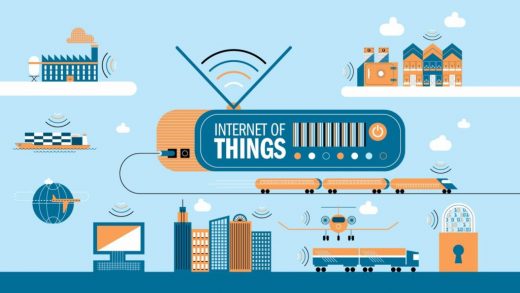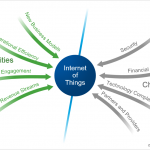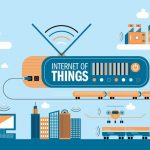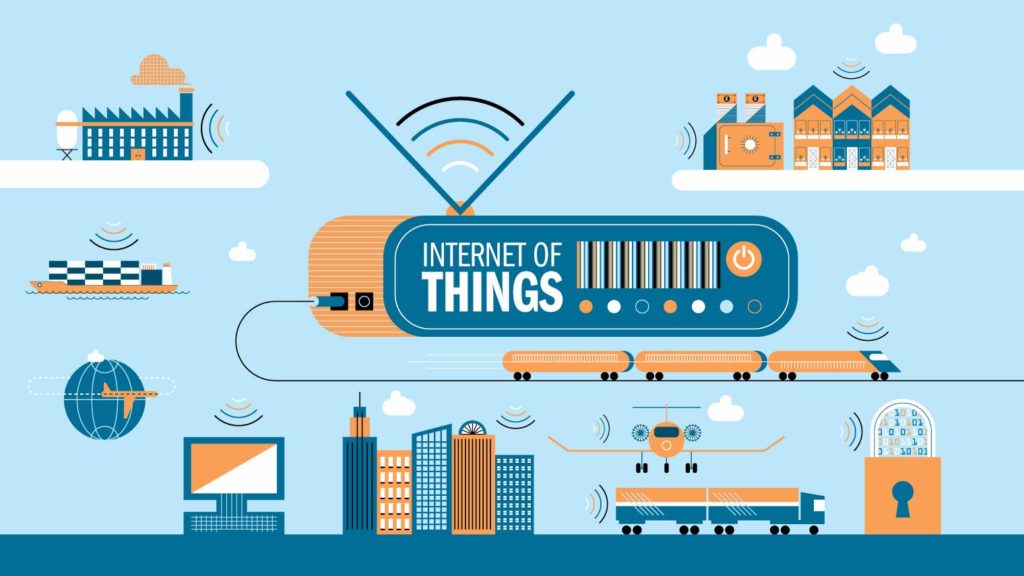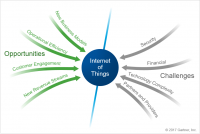IoT and applications: Truly the “internet of everything”
IoT and applications: Truly the “internet of everything”

The Internet of Things (IoT) is growing like wildfire. Consumer education around this new basket of technologies is critical, since it basically describes a product category that can — and often does — include virtually every “thing” we interact with in our lives.
Your car, refrigerator, door locks, and even your toilet seat are capable of becoming part of the Internet of Things. All they need is a sensor and a network connection. From home automation to large industrial applications, this new generation of network-enabled devices are changing the way we live, work, and play.
So, what are some practical examples of the IoT and its influence in our lives? Here are just a few that could apply to the average consumer.
The dawn of self-driving cars
In a handful of years, your car may be able to drive itself without any need of human intervention. Brands like Tesla, Mercedes, and Google are already in the process of developing a new generation of vehicles that can navigate the roadways while you kick back and enjoy the ride.
Google, which started its self-driving car project several years ago, has well over 1.5 million miles of autonomous travel clocked on United States roadways — and every mile is an education for the technology.
Major auto manufacturers like Toyota, Mercedes-Benz, and Honda are also making huge strides towards freeing driver’s hands. Tesla, a relatively new name in the auto industry, scored over 375,000 reservations of its upcoming Model 3 within days of accepting them.
These cars are equipped with a host of different IoT components. They are littered with sensors that detect hazards, track the roadway, and more. They also rely on both on-vehicle and remote processing to determine the quickest and safest route to the destination. Many of these vehicles are expected to connect directly to the driver or passenger’s smartphone to give them useful information about the ride.
The IoT around you: home automation
A growing number of homes include connected devices. Home thermostats, security systems, appliances, and even smaller bits and pieces like window blinds and light bulbs are finding a new life in the Internet of Things.
Thermostats are possibly the most obvious and common example of the Internet of Things in the home. Twenty years ago, if you wanted to change the temperature in your home, your best bet was to walk over to the thermostat and adjust it. Ten years ago, you could program your thermostat to make your home more comfortable around the time you would be getting home from work.
Today, you can hop on your phone and control your home security system, temperature, and more from anywhere in the world in real time.
Your oven can even become a full-fledged member of the Internet of Things., enabling you to set food-specific temperatures and timers from your smartphone and even take a look at your food as it is being prepared from anywhere in the world.
Connecting future cities
Smart cities is a much larger and more involved area of application for the Internet of Things than the home, but the concept remains very much the same. Sensors, including video surveillance, traffic, and more placed throughout a city enable that city to be managed more efficiently and for its city government to respond to situations as they happen rather than having to depend on the citizenry to alert them to problems.
For example, traffic jams are a common problem in large and growing cities. Management of that traffic is done via traffic lights, but these are often set on timers and/or controlled via sensors embedded into the roadway that indicate cross-traffic is waiting for a green light.
If, however, there was a more big-picture view of how busy specific streets are, where accidents and other delay-causing events are taking place, traffic controls could be more readily adjusted to compensate for them.
A new industrial revolution
Another big area of development for the Internet of Things is in industry. Businesses small and large benefit from the type of data gathered by IoT devices in the workplace.
An IoT device that senses activity on an industrial machine could eliminate the need for a worker to physically monitor it on the warehouse floor. Multiple heavy machines could be controlled and monitored from a single control panel by a skeleton crew – saving the business money on staffing.
This rise in industrial automation paves the way for businesses to invest their staffing dollars on other skilled employment opportunities including research, development, systems management, and data science.
Speaking of data science, consumer IoT products relay a lot of valuable information to a business. This information enables the company to examine ways to improve on their products or services, lets them know how their products are being used so they can invest in expanding on those high-demand features, and more.
This also opens the door to a whole new area of value for the consumer. Apple releasing the Apple Watch enabled the company to add new incentive for customers to stick with the Apple-branded family of products. Additionally, it gave its customers a whole new fitness-tracking device, payment method, and a way to check and respond to messages without having to pick up their phone.
The examples of IoT technologies in the world are virtually endless. The Internet of Things is a large and ever-expanding category of products that reach into every aspect of our lives. Because, after all, the Internet of Things is… everything.
The post IoT and applications: Truly the “internet of everything” appeared first on ReadWrite.
(33)

